In the realm of oral care manufacturing, complaints about nozzle clogging combined with tray deformation are increasingly common. Though seemingly unrelated, these two failures often occur together, suggesting deeper systemic design weaknesses. Is this coincidence, or does the root cause lie within product architecture? In this blog, we explore why nozzle clogging and tray deformation may both point to a preventable design flaw.
In devices like water flossers and whitening applicators, nozzle clogging is a frequent issue that directly impacts user experience and product efficacy. Clogging is typically caused by:
Blocked nozzles result in inconsistent spray patterns, uneven gel delivery, and eventual product failure, leading to end-user dissatisfaction and increased warranty claims.
Tray deformation, commonly reported in whitening trays or holding fixtures, usually stems from:
Once deformed, trays fail to hold gels or position correctly in the oral cavity, compromising both comfort and treatment efficacy. Company web:https://www.powsmart.com/product/electric-toothbrush/
Although nozzle clogging and tray deformation appear distinct, they frequently share common triggers:
Together, these failures indicate fundamental design oversights rather than isolated material defects.
To eliminate tray deformation and nozzle clogging simultaneously, manufacturers must address both:
Material and structural decisions during R&D phase directly dictate downstream defect rates.
Beyond material upgrades, introducing design innovations can significantly lower clogging and deformation risks:
Simple structural changes often yield disproportionate improvements in real-world reliability.
From a B2B sales perspective, resolving these linked failures offers key advantages:
Ultimately, recognizing the interconnection between nozzle and tray failures allows for holistic product improvement.
Are nozzle clogging and tray deformation signs of a hidden design flaw? In many cases, yes. What may seem like unrelated issues are, in fact, linked by shared material weaknesses and flawed fluid dynamic design. By addressing these together at the design and engineering stages, manufacturers can prevent dual-mode failure, reduce operational risks, and deliver a superior, reliable user experience. Contact us
.jpg)
.jpg)
.jpg)
Long Island deals for NYC waterproof brush — pool-safe?
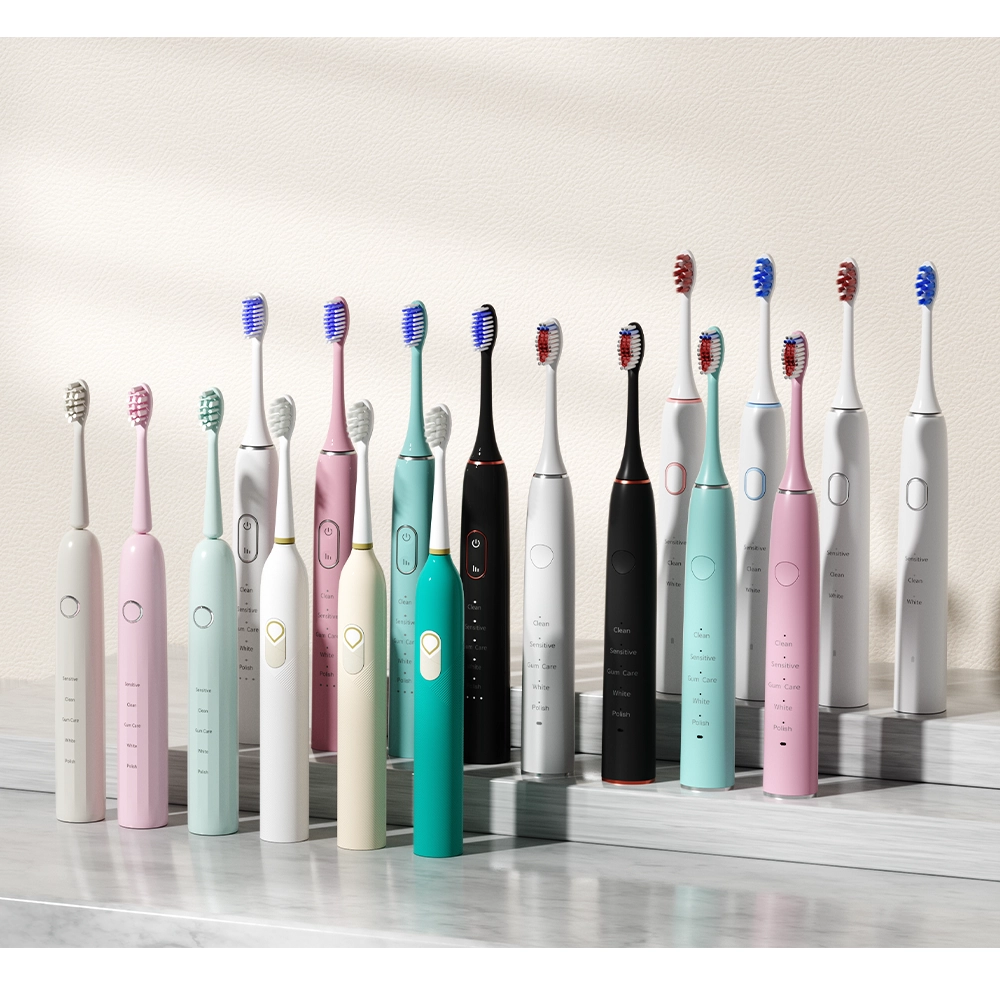
The Difference Between Different Types of Power Toothbrushes
Looking for a Toothbrush Contract Manufacturing Deal for Toothbrush with Timer?
.jpg)
OEM Essentials for Electric Toothbrush Production
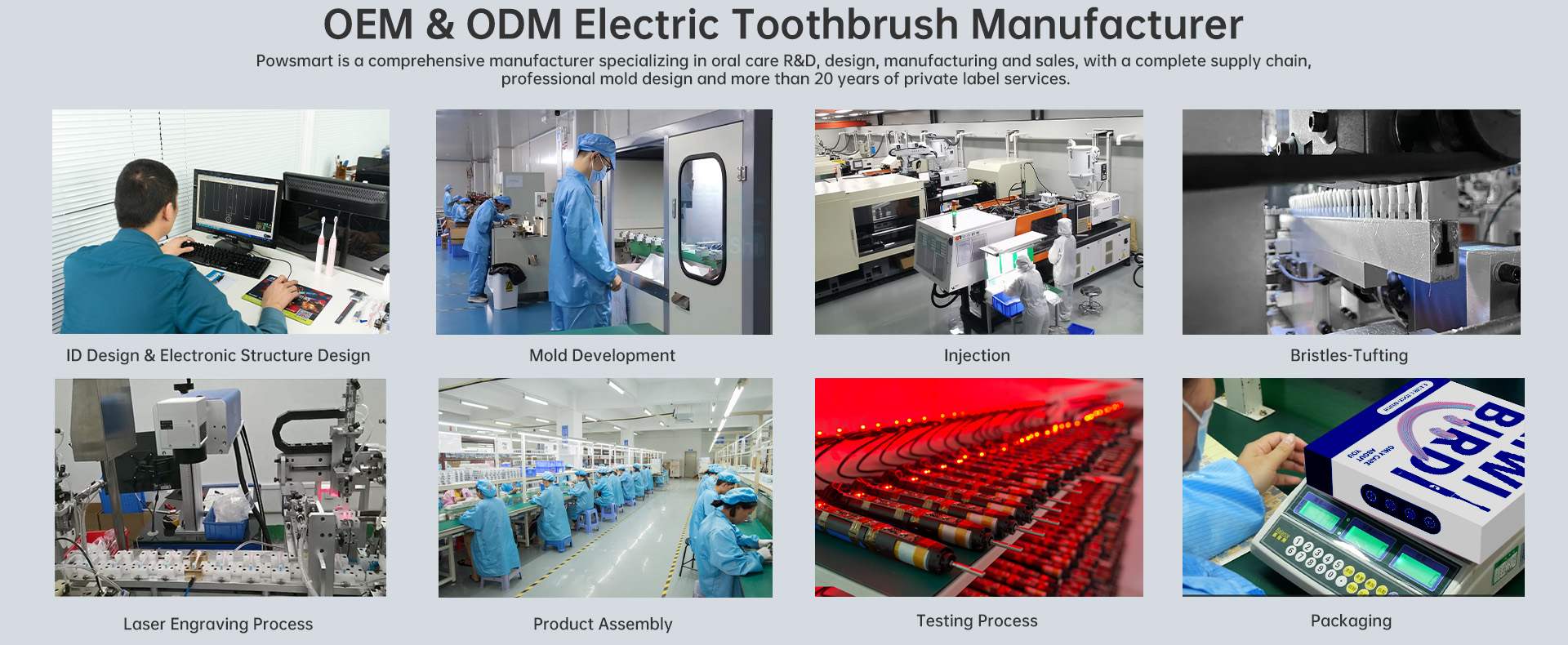
How Much is the Quality Difference Between Different Materials of LED Teeth Whitening Devices?
.jpg)
Electric Toothbrush Cleaning Performance: The Differences Among Different Electric Toothbrush Factories
What Are the Benefits of Our Patented Structural Design of Electric Toothbrushes?
Christmas Corporate Gift Smart Toothbrush Washington DC | Bulk Orders

The Key Technical Indicators Affecting the Cleaning Effect of the Water Flosser
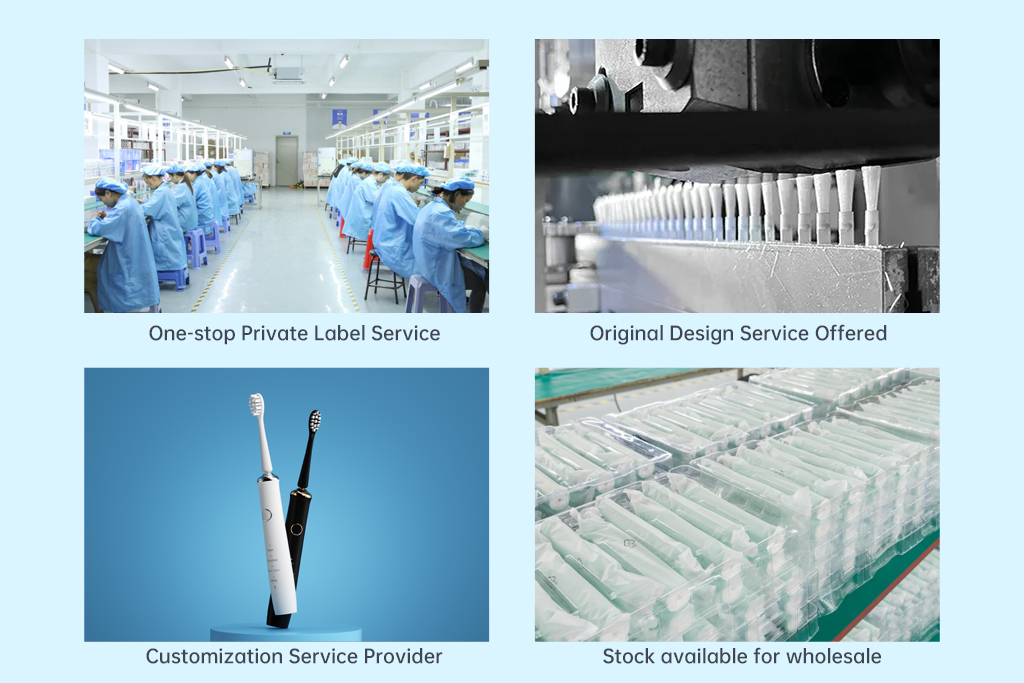
How to Achieve a Win-Win Situation of “Consumption Upgrade” and “Cost Control”?
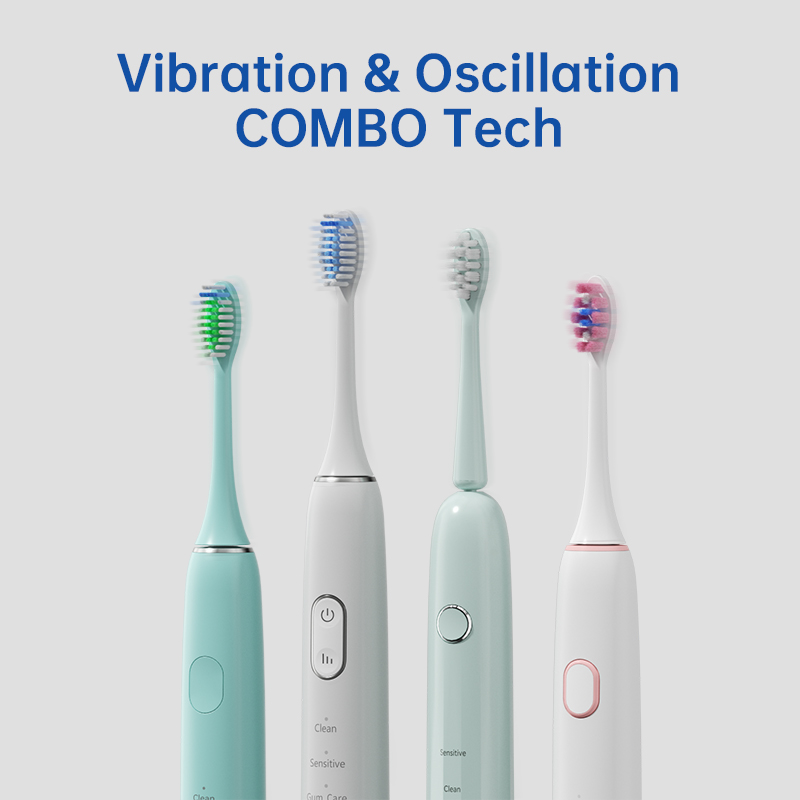
India corporate gift or Wedding gift toothbrush— which suits Diwali best for B2B programs?
.jpg)
The Secret of the Cross-Sectional Shape of Electric Toothbrush Bristles: The Difference Between Diamond, Round and Cone in Protecting Gums
.jpg)
Can a Water flosser cure Gum sensitivity?
.jpg)
How to Build a Differentiated Oral Care Brand?
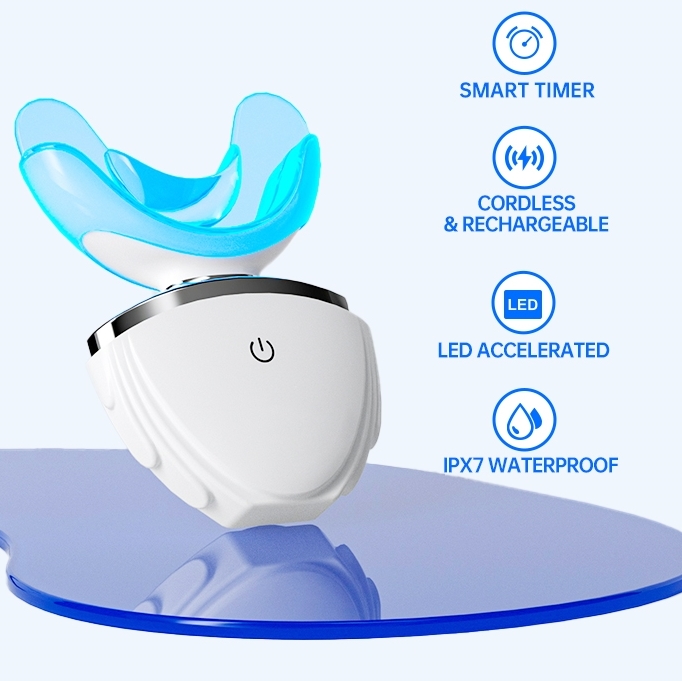
From a Chemical Perspective, Do Teeth Whitening Products Really Work?
.jpg)
How Does a Water Flosser Nozzle Manufacturer Support an Orthodontic Water Flosser OEM for Specialized Care?

electric toothbrush heads Ultra Soft

Private Label Whitening Gel

Customization Teeth Whitening Gel

electric toothbrush heads Charcoal Infuse-Round

Electric toothbrush heads Charcoal Infused-Diamond
.jpg)
Florida Electric Toothbrush – Powsmart PTR-C8

electric toothbrush heads Regular Clean

electric toothbrush heads Deep Clean
whstapp
whstapp
National Toll-Free Service Hotline
+86 755 86238638